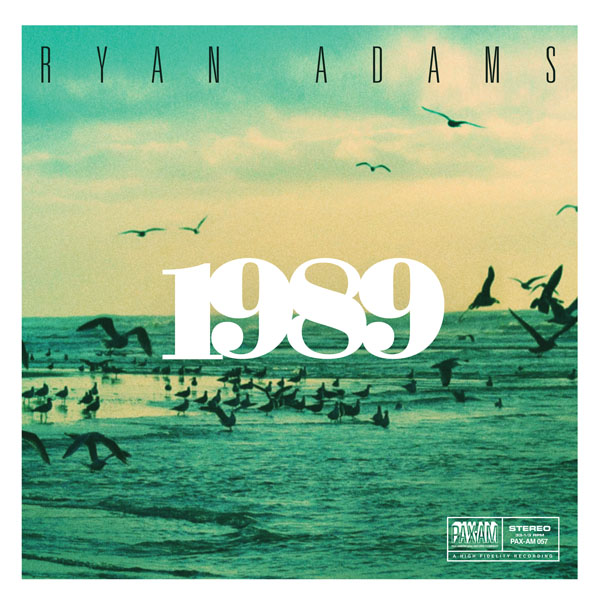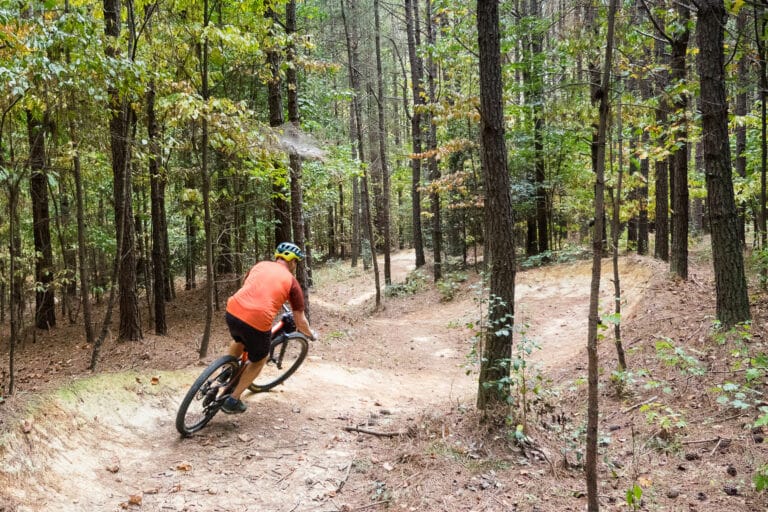Swift Reinvention and Sounds Obsolete
Fifteen years ago Ryan Adams released his debut solo album, Heartbreaker. The record’s first track, “(Argument with David Rawlings Concerning Morrisey),” features the collaborators having a humorous debate about which Morrisey album contains the song “Suedehead.” It’s off-the-cuff studio banter that segues right into the album’s first tune, the freewheeling country-rock foot-stomper “To Be Young (Is To Be Sad, Is To Be High),” a song co-penned by Adams and Rawlings.
In the decade and a half since that memorable kick-off to an alt-country landmark recording, Adams and Rawlings have taken different paths, but both have continued to make some of the most enduring music in the current Americana landscape. They also both put out very interesting new releases this fall.
Ever since he left the influential North Carolina outfit Whiskeytown to mount his solo career, Adams has been an extremely prolific songwriter and at times a restless musical wanderer. While most of his 15-album output has reveled in dusty rock revivalism, he has also veered toward his inner Deadhead with efforts like 2005’s Cold Roses and embraced 80s pop-rock sheen on 2004’s Love is Hell and even last year’s Ryan Adams. He also indulged his often-professed love of heavy metal with 2010’s Orion. In September, though, he offered his biggest surprise to date, when he released his own track-by-track interpretation of Taylor Swift’s multi-platinum hit album 1989.
Adams had been teasing the project with Instagram clips since the summer, and he received Swift’s excited endorsement on Twitter. It was first inspired back in December during some post-divorce Christmas season loneliness. Adams initially planned to remake 1989 by himself in the stark acoustic vein of Bruce Springsteen’s Nebraska, but some early recordings on an old four-track were damaged beyond repair. Upon revisiting with some support, Adams has called the final output a cross between the Boss’s fuller classic Darkness on the Edge of Town and The Smith’s Meat is Murder.
Adams has always been pretty clear about his influences and with 1989, he seems genuine with his respect for the source material. The album was Swift’s dramatic pivot from country star to full-fledged pop dominator, and as a result contains plenty of present-day overblown electro production. Yet Swift remains a skilled songwriter, and that is what Adams attempts to extract from the sonic glitter in his own way. The results are hit and miss.
When Adams turns the empowering theme of room shaker “Blank Page” into a wistful folk ballad, it sounds fresh and endearing, and “Bad Blood” works well when delivered through Smiths-style jangly guitar pop. But the mumble-mouth heartland rock take on mega-hit “Shake It Off” could pass for a Jimmy Fallon sketch—particularly due to the undeniable cheese of the repeated “haters gonna hate” chorus. With rushed, uneven production, the songs start to blur together as the album moves along and amount to an average Adams record that’s definitely enjoyable in spots. Adams seems sincere when he conveyed this wasn’t a publicity stunt, but he knows how to get attention and this effort is undoubtedly turning people on to the cult hero’s broader discography. That’s a good thing.
Unlike Adams, Rawlings spends most of his time in supporting roles and behind the scenes. He’s best known as the steadfast sideman to his longtime partner Gillian Welch. He’s appeared on albums by Ani DiFranco and Bright Eyes and produced efforts for Old Crow Medicine Show and Dawes, including the group’s recent effort: All Your Favorite Bands. In 2009 he came out with a debut album, A Friend of a Friend, under the name Dave Rawlings Machine, which gave Rawlings a chance to put out his own version of “To Be Young.” The group features Rawlings and Welch in reversed roles with support from a rotating group of top-notch string pickers.
In September the Machine returned with a sophomore follow-up, Nashville Obsolete, an album that is short on tracks (seven) but long on emotional depth. Rawlings and Welch stick to the powerful front-porch minimalism that they standardized on the latter’s records two decades ago. It leaves room to accentuate the duo’s soaring harmonies and Rawlings’ fluid, mesmerizing guitar work on his vintage archtop. Together Rawlings and Welch create incomparable antique tones that can’t be duplicated, uniquely original even as they transport to a bygone era.
On the new album that aesthetic is used for gothic tales, like the slow ballad “Short Haired Woman Blues.” Rawlings also gets introspective on the meandering 11-minute centerpiece “The Trip,” which features vintage Dylan-esque talk-singing before the thought-provoking chorus: “Take a trip wherever your conscience has to roam. It’s much too hard to try to live a lie at home.”
The mood lightens on the cheeky, quick-fingered old-time ditty “Candy,” which offers a snapshot of the Machine’s more upbeat moments in the live setting. Rawlings and Welch will spend much of the late fall touring in support of the new record with backing help from former Old Crow Medicine Show member Willie Watson and bassist Paul Kowert of the Punch Brothers. This month the group will play North Carolina dates in Durham and Asheville, as well as Virginia shows in Charlottesville and Richmond.








